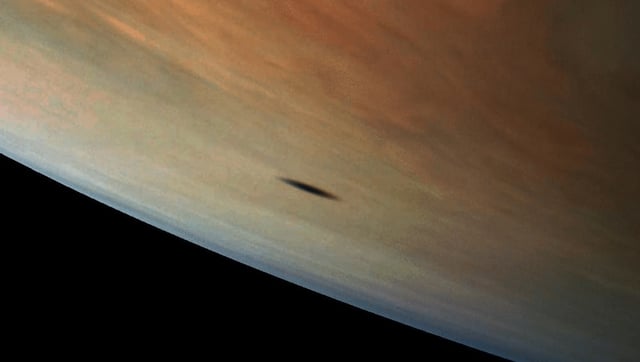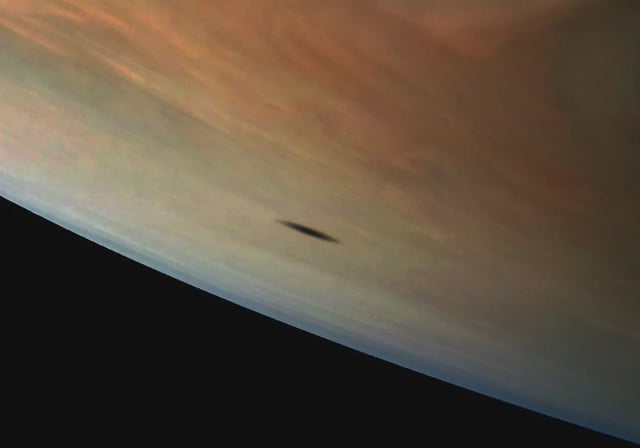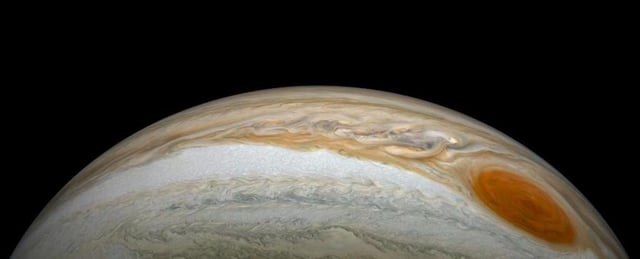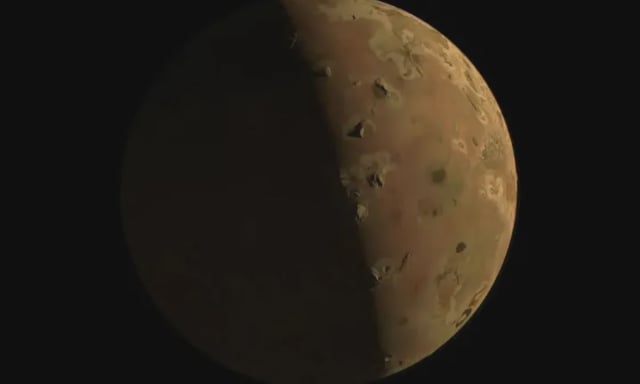Overview
- Jupiter was 2.0-2.56 times its current radius and had a magnetic field 50 times stronger during its early evolutionary phase, according to a new study published in Nature Astronomy.
- Researchers Konstantin Batygin and Fred Adams used the orbital dynamics of Jupiter’s inner moons, Amalthea and Thebe, to reconstruct the planet’s early physical state.
- The findings substantiate the bottom-up core accretion model, which suggests gas giants form through the gradual accumulation of solids and gas in the outer Solar System.
- After the dissipation of the protoplanetary disk, Jupiter contracted under its gravity, reducing its size and increasing its rotation speed—a process that continues at a slow rate today.
- The study highlights Jupiter’s pivotal role in shaping the Solar System’s architecture, stabilizing planetary orbits, and enabling conditions for life on Earth.



